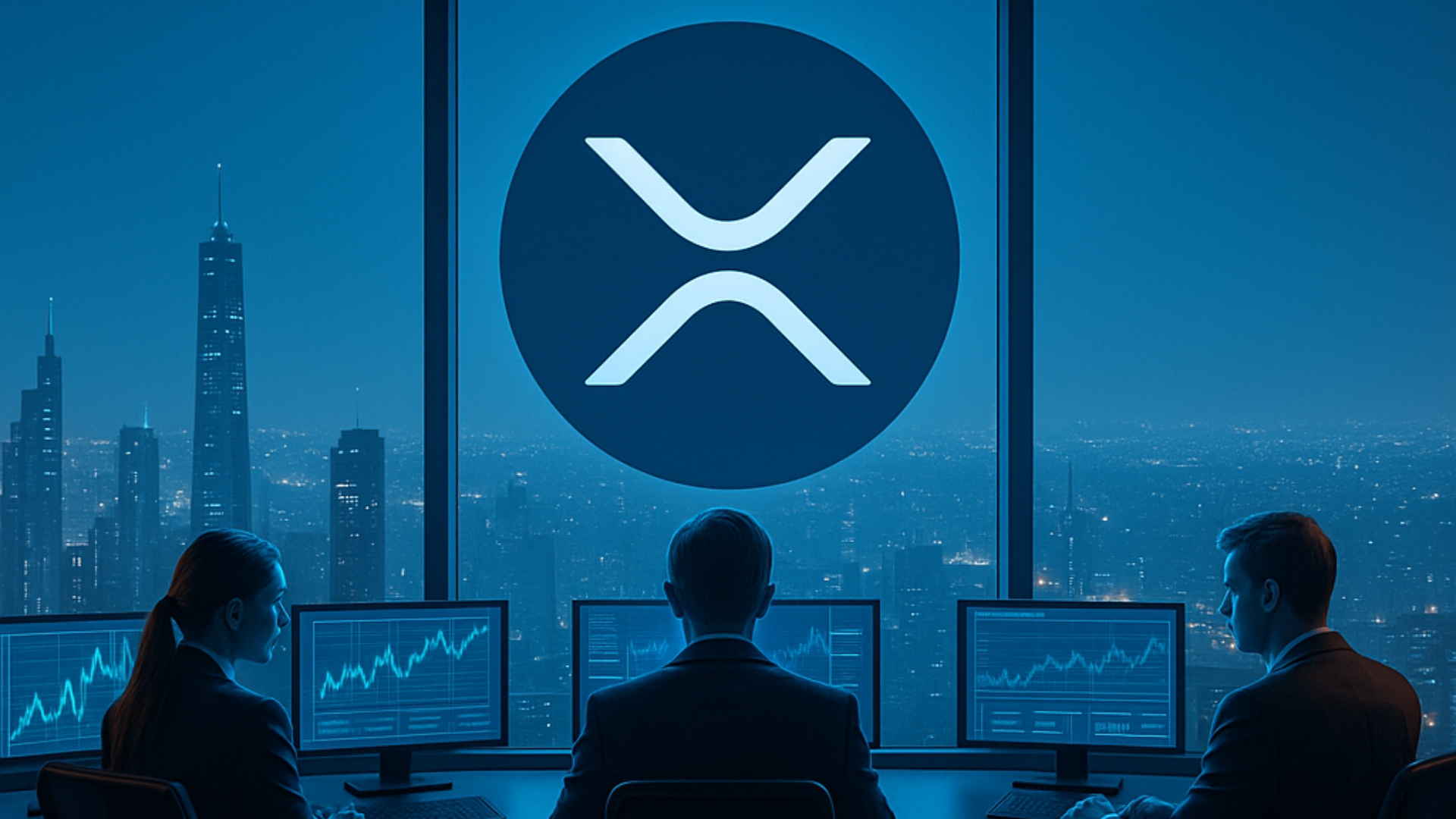
Former President Donald Trump signed a landmark executive order establishing the United States Strategic Bitcoin Reserve a bold step toward realizing his administration’s goal of making America the “crypto capital of the world.” Nicknamed the “digital Fort Knox,” the reserve was expected to shake markets, ignite demand, and legitimize Bitcoin’s place in America’s financial future. But when the details came out, the reserve’s structure left much to be desired.
Rather than acquiring Bitcoin through open market purchases a move many investors were hoping for the initial reserve was built on forfeited assets from criminal and civil cases. Though not unprecedented (Germany simply sells its seized crypto outright), the U.S. approach lacked the bullish buying pressure that would signal long-term governmental commitment. The expected surge in demand stayed flat, and the strategic reserve felt more symbolic than functional.
Still, the precedent was set. Texas quickly moved to adopt its own Bitcoin reserve, passing legislation (SB-21) that now awaits only Governor Greg Abbott’s signature. Meanwhile, states like Florida and New Hampshire are advancing legislation to allow public fund investments in Bitcoin. This momentum at the state level suggests that the Strategic Bitcoin Reserve is more than a political gesture — it could be the foundation for a decentralized financial shift across the country.
But the cracks are already showing. The biggest challenge? Sustainability. The White House’s fact sheet on the reserve calls for “budget-neutral strategies for acquiring additional Bitcoin.” That means the reserve can’t rely on buying crypto outright with taxpayer funds, and the pipeline of forfeited assets won’t last forever. With improving cybersecurity, fewer crypto-related crimes, and a drop in civil seizures, that stream is expected to dwindle.
To truly scale the reserve and give it the economic weight it needs the U.S. must look to a more consistent and compliant source: local Bitcoin mining.
The United States currently controls over 40% of the global Bitcoin network’s hashrate, a staggering figure that positions it as a world leader in crypto infrastructure. U.S.-mined Bitcoin is inherently more trustworthy: it’s clean, traceable, and under the right framework easily regulated. By leaning into domestic mining, the government can expand its reserve without running afoul of anti-money laundering (AML) or international compliance standards like FATF.
States like Texas, with robust energy infrastructure and electricity surpluses, are ideally positioned to benefit. According to the Perryman Group, expanding the mining sector in Texas alone could create 12,200 jobs and contribute $1.7 billion in gross product. At the federal level, that scales up to an estimated 31,000 jobs and $4.1 billion annually. With clear regulation, energy incentives, and tax frameworks, the U.S. could unlock even greater economic gains all while reinforcing its Bitcoin reserve.
For miners, this shift is monumental. No longer just power players in a niche tech space, they now stand at the threshold of national strategic importance. They are the only source capable of providing clean, compliant, and consistent Bitcoin exactly what a reserve of this scale demands.
The U.S. Strategic Bitcoin Reserve may have started as a symbolic step, but it can become much more. If Donald Trump’s vision of global crypto leadership is to materialize, and if states are serious about holding digital assets, then additional purchases sourced from domestic miners are not just beneficial, they’re essential.
The real winners here aren’t early investors or even state treasuries it’s the American Bitcoin miners. With the right support, they will power the next phase of America’s digital economy, transforming Bitcoin from a speculative asset into a strategic cornerstone of national strength.













































































































































































































































































































































































































































































































































































































































































































































































































































































































































































































































































































































